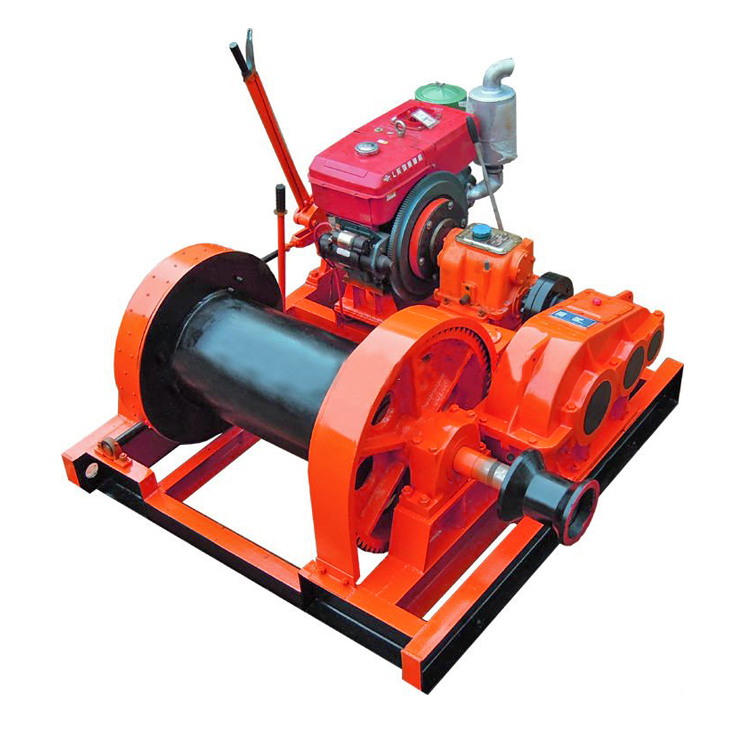When it comes to lifting and pulling heavy loads, electric winches and electric hoists are two essential tools that can make the job much easier and more efficient. But what exactly is the difference between these two powerful devices? Let's take a closer look at electric winches and electric hoists and see how they compare.
Electric Winch:
An electric winch is designed specifically for pulling heavy loads horizontally. It is commonly used for off-road vehicles, boats, trucks, and trailers to assist in tasks such as towing, pulling equipment, or moving heavy materials. Electric winches are powered by an electric motor and feature a spool and a cable or rope that is wound around it. They are typically mounted on a vehicle or a stationary platform and are operated using a wired or wireless remote control.
Electric Hoist:
On the other hand, an electric hoist is primarily used for lifting heavy loads vertically. It is commonly found in construction sites, workshops, warehouses, and manufacturing facilities to hoist and lower heavy objects. Electric hoists consist of a motorized pulley system with a chain or wire rope that is used to lift and lower heavy loads. They can be mounted on a fixed beam, a trolley, or attached to a jib crane and are commonly operated using a wired pendant control or a wireless remote control.
Key Differences:
The primary difference between an electric winch and an electric hoist lies in their intended use and the direction in which they operate. While electric winches are designed for horizontal pulling, electric hoists are specifically built for vertical lifting. This fundamental difference dictates how these devices are built, the type of loads they can handle, and the safety features that are incorporated into their design.
Another key difference is the way in which these devices are mounted and operated. Electric winches are typically mounted on a vehicle or a stationary platform and are commonly used in outdoor environments. They are operated using a remote control, which allows for greater flexibility and convenience. Electric hoists, on the other hand, are commonly mounted on a fixed beam, a trolley, or a crane and are designed for use in indoor environments. They are operated using a wired pendant control or a wireless remote, enabling precise and controlled lifting and lowering of heavy loads.
Which One Do You Need?
So, which one is the right choice for your lifting and pulling needs? It ultimately depends on the specific tasks you need to accomplish. If you require a device to pull heavy loads horizontally, such as towing a vehicle or moving heavy materials, an electric winch is the ideal choice. On the other hand, if you need to lift heavy objects vertically, such as in a workshop or a construction site, an electric hoist is the perfect tool for the job.
In conclusion, while electric winches and electric hoists serve similar purposes in aiding with lifting and pulling heavy loads, they are designed for different applications and operate in different directions. Understanding the key differences between these two devices will help you make an informed decision and choose the right tool for your specific needs.

